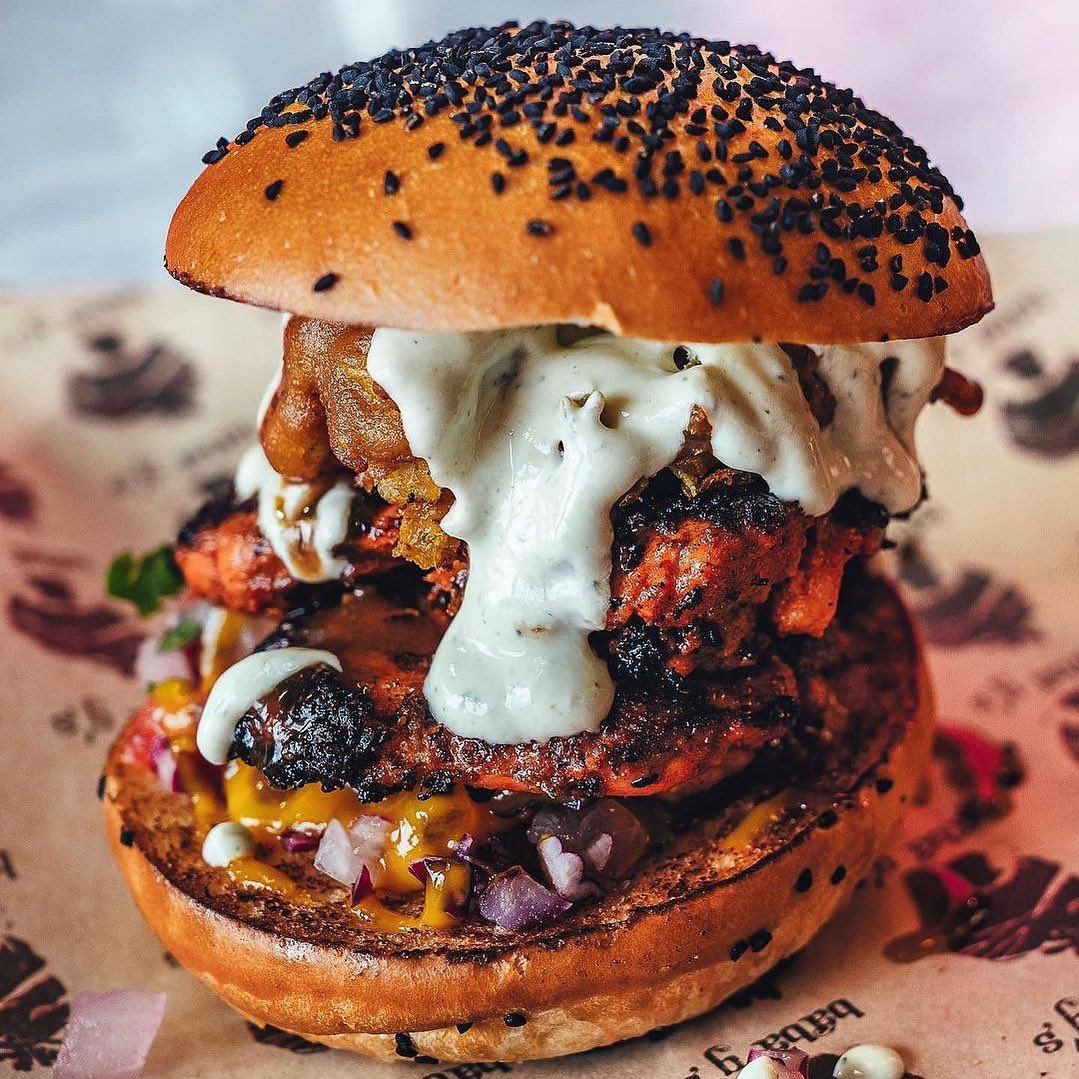Pumpkins. While these beautiful gourds may go underappreciated for most of the year, the moment the first leaves redden sees the time for their glamorous return to the spotlight. Whether proudly emblazoned on Starbucks drink menus, baked into delicious pies, or carved out and placed on doorsteps and windowsills, there’s no denying that pumpkins have become both an autumn staple and, more specifically, a symbol of Halloween.

While instantly recognisable today, one does wonder who the first person was to look at that great orange fruit and think, “what if I hollowed out and mutilated this perfectly good pumpkin, then lit its insides on fire?” Let us satisfy your curiosity, as we journey back to the humble pumpkin’s early beginnings and seek to uncover the jack-o’-lantern’s spooky origin story.
Native to north-eastern Mexico and the southern United States, pumpkins are one of the oldest domesticated plants. Pumpkin fragments uncovered in archaeological sites in the Oaxaca Highlands of northern Mexico were dated as far back as 8,000 to 5,500 BC and are thought to have been an important part of the beans and maize culture of pre-Columbian American. Of course, these pumpkins of old didn’t look quite like the ones we see today; they were smaller, harder and with a bitter taste. But what does any of this have to do with Halloween, we hear you ask?

It began on the other side of the Atlantic, in the Old World. The Irish Celts were observing their own traditions around the holiday that we would today associate with Halloween. Though Halloween itself is a great melting pot of different celebrations, from the Roman’s Pomona Day (though this festival’s existence has long been subject to debate amongst historians) to the Catholic Church’s All Saints and All Souls’ Days, one of the oldest forms of Halloween was Samhain. The Celts had long celebrated Samhain as a day marking the end of the harvest season and the beginning of winter. Seen as a liminal time when boundaries between this world and the Otherworld were at their thinnest, the Celts believed the aos sí (nature spirits and pagan gods) could pass into the land of the living, and thus had to be appeased with food and drink to ensure people and livestock survived the winter. Likewise, they believed that evil spirits could lure humans through the veil and into the Otherworld, from which they could never return.
The practice of carving vegetables for Halloween therefore originated in Ireland, where large turnips, potatoes, and sometimes beets (though their use was more common in England) were hollowed out and decorated with grotesque faces. These represented spirits and other supernatural beings, and were used to ward off evil spirits, protect a home’s inhabitants from the dead or sometimes, for instance in Brittany, to welcome back the souls of deceased loved ones.

Similarly, the name of jack-o’-lanterns has its roots firmly in Irish folklore. Originating from the story of Stingy Jack, this tale boasts a good dozen different versions, but the overarching idea is that a shrewd man named Jack one day succeeded in trapping Satan, agreeing to let him go only after The Devil swore never to take Jack’s soul. Many years later however, Jack died – as people do – and found himself in an unfortunate situation; barred from heaven because of his actions on earth and barred from hell because of his deal, his soul had nowhere to go. When, desperate, he asked Satan for help, Satan took pity on him and gifted him a burning coal to light his way. Jack then carved out a large turnip to carry the coal in, and began his interminable journey wandering the lands in search of a resting place. He became known as Jack of the Lantern, or jack o’ lantern.
Many, many years later over the course of the 19thcentury, the Irish began emigrating en masse to the United States, seeking to escape a land long marred by extreme poverty due to English rule, which was only exacerbated by the Great Famine of 1845. It is estimated that as many as 4.5 million Irish arrived in America between 1820 and 1930; to put that into perspective, Ireland’s population in 1891 was down to just 4.7 million people. And among the wealth of traditions, beliefs, and customs which these millions of immigrants brought with them to the New World was the centuries-old practice of carving root vegetables for Halloween. But forget stubborn potatoes and tough turnips, for this was the United States, home of the pumpkin!

These orange beasts were quick to find favour with the Irish, who found them far easier to hollow out than their usual go-to’s. In fact, carved pumpkins began to permeate popular culture as early as 1820, when Washington Irving featured one in his famed short story The Legend of Sleepy Hollow, which also happened to be one of the first internationally recognised horror stories. Interestingly, the pumpkin is never described as having been carved, but popular interpretations and illustrations do portray it as such. In 1835, writer Nathaniel Hawthorne referenced a carved pumpkin in his short story The Great Carbuncle, and again in 1952 with Feathertop. Later, one of the first images of a pumpkin jack-o’-lantern appeared in an 1867 issue of Harper’s Weekly, though it was not referred to as such. Then, fifteen years on, a review appeared in the Atlanta Constitution describing a Halloween party at the home of Atlanta mayor William Hemphill as having “all sorts of smiling lanterns made of pumpkins, cleverly carved with faces.” Safe to say, the Halloween pumpkin was well on its way to becoming a holiday icon.
Today however, jack-o’-lanterns have a new and rather sinister association. The commercialisation of Halloween has normalised and expanded the scope of this yearly tradition, one whose environmental impact has too long gone unnoticed. Every year, of the 10 million pumpkins grown annually in the UK, 95% are used at Halloween and then thrown away. This alone creates 18,000 tonnes of food waste, needlessly adding to the 1.3 billion tonnes of food waste produced globally each year. That’s primarily because 66% of Brits who purchase pumpkins for Halloween will discard the insides and of these, 25% will throw them straight into the general household bin, rather than the compost or food waste bins.
So, this year, consider honouring the pumpkin and its rich cultural history by cooking with its flesh and seeds. Not only does this benefit the environment, but you may well discover a delicious new Halloween recipe to mark the holiday. And once Halloween has passed and time comes for the skeletons and spider webs to be put away, please either compost or put into food bins your beautifully carved jack-o’-lanterns. A global climate crisis isn’t really the kind of spooky fun we’re going for.







